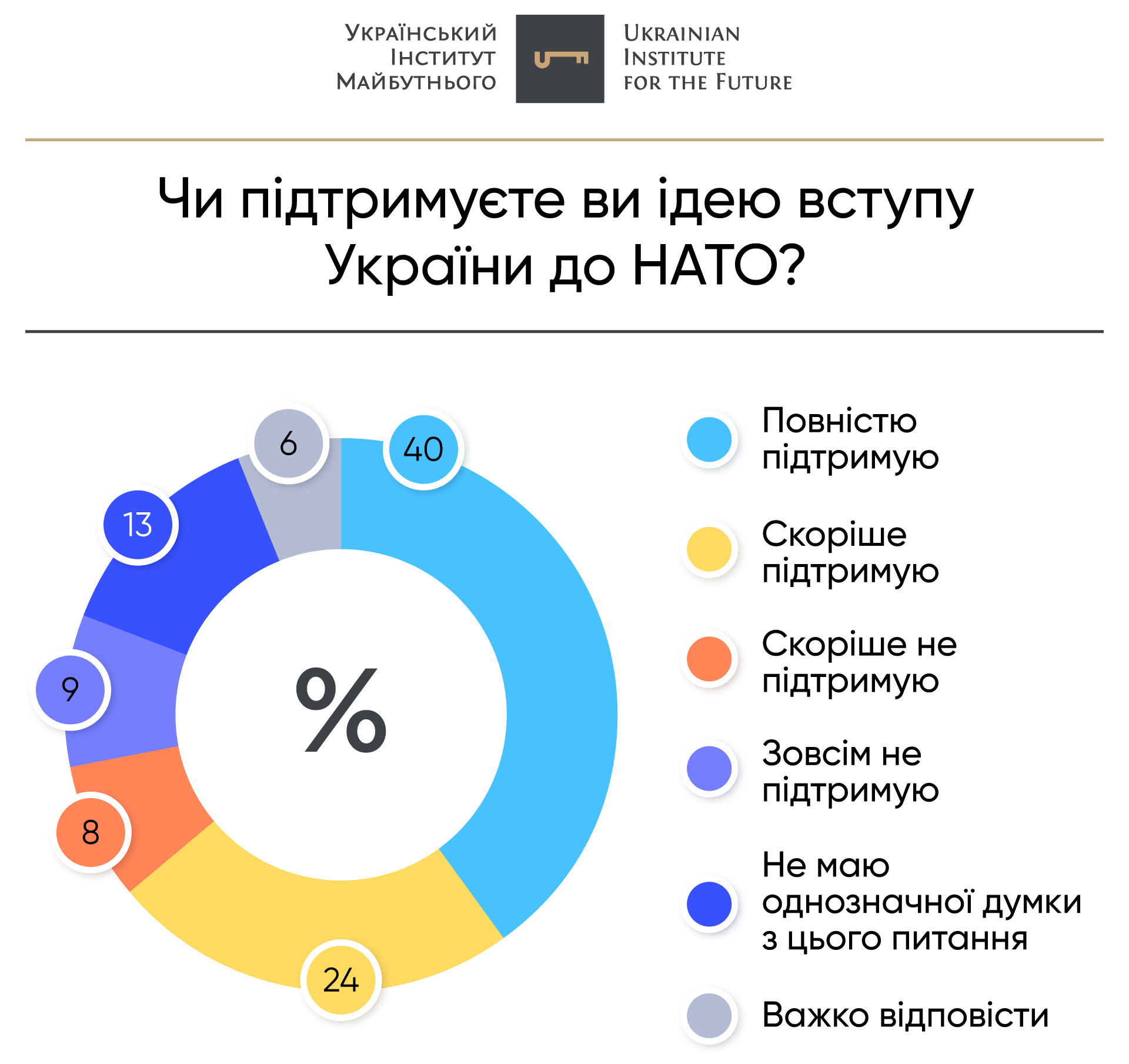The Pilbara Debate: Rio Tinto's Defence Against Environmental Accusations

Table of Contents
Rio Tinto's Official Response to Environmental Criticisms
Rio Tinto has responded to environmental criticisms with a multifaceted strategy, focusing on public relations and highlighting its commitment to environmental responsibility. Their official statements emphasize investments in sustainability initiatives and efforts to minimize their environmental footprint. Key elements of their defense strategy include portraying themselves as leaders in adopting sustainable mining practices and investing heavily in environmental protection and rehabilitation programs.
- Investment in renewable energy: Rio Tinto has announced plans to significantly increase its use of renewable energy sources in its Pilbara operations, aiming to reduce its reliance on fossil fuels and greenhouse gas emissions.
- Water management strategies: The company claims to be implementing advanced water management technologies to minimize water consumption and protect local water resources. They highlight water recycling and reuse projects.
- Rehabilitation projects: Rio Tinto points to extensive mine rehabilitation programs designed to restore mined areas to a productive state, minimizing long-term environmental impacts. These projects include land reclamation and revegetation initiatives.
- Community engagement: The company emphasizes its commitment to engaging with local communities and Indigenous groups, aiming to address their concerns and build trust. However, the success of these initiatives remains a point of contention.
These responses, while presented positively, continue to face skepticism from environmental groups and the broader public, particularly in the wake of the Juukan Gorge incident. The debate centers on whether these initiatives are truly sufficient to mitigate the significant environmental impact of large-scale mining operations in the Pilbara.
Analyzing Rio Tinto's Environmental Practices in the Pilbara
Objectively assessing Rio Tinto's environmental practices requires examining specific data related to their operations in the Pilbara. While the company provides information on its sustainability performance, independent verification and analysis are crucial for a complete understanding of the environmental impact.
- Water usage: Precise figures on water consumption, sources, and impact on local water systems need to be independently verified and made transparent. The impact of water extraction on local ecosystems must be fully assessed.
- Greenhouse gas emissions: Data on greenhouse gas emissions from Rio Tinto's Pilbara operations must be readily available and subjected to scrutiny. The effectiveness of their renewable energy initiatives in reducing emissions needs to be demonstrably shown.
- Biodiversity impact assessments: Independent assessments of the impact on biodiversity due to habitat loss and disruption are needed. The extent of biodiversity loss and the effectiveness of mitigation measures need thorough analysis.
- Dust and air quality: Monitoring and reporting on dust emissions and their impact on air quality are essential aspects of assessing environmental performance. Publicly accessible data showing continuous monitoring would enhance transparency.
The Juukan Gorge Controversy and its Aftermath
The destruction of Juukan Gorge, an Aboriginal heritage site of significant cultural importance, remains a watershed moment in the Pilbara debate. The event sparked widespread outrage, leading to government investigations, significant fines for Rio Tinto, and a significant erosion of public trust.
- Key events: The blasting of the Juukan Gorge rock shelters in May 2020, the subsequent public outcry, and the governmental inquiry that followed are key events in this ongoing controversy.
- Consequences: Rio Tinto faced substantial fines, reputational damage, and significant changes to its operating procedures and governance structures. The event prompted crucial legislative changes concerning the protection of Indigenous heritage sites.
- Changes in legislation and company practices: New legislation and strengthened regulatory frameworks aim to prevent similar incidents from occurring. Rio Tinto has also implemented internal changes to its processes, including strengthened protocols for the assessment and protection of cultural heritage sites.
Comparing Rio Tinto's Performance to Industry Standards
Comparing Rio Tinto's environmental performance to other major mining companies operating in similar environments provides valuable context. Industry benchmarks and best practices offer a framework for evaluating the company's efforts.
- Specific comparisons with competitors: Analyzing data on water usage, greenhouse gas emissions, and biodiversity impact across different mining companies allows for a comparative assessment of Rio Tinto’s performance.
- Areas of strength and weakness: Identifying areas where Rio Tinto excels and areas requiring improvement can inform future strategies and highlight best practices from other mining operations.
- Environmental performance indicators (EPIs): Utilizing standardized EPIs allows for more objective comparisons across companies and promotes transparency in environmental reporting.
The Future of Mining and Environmental Sustainability in the Pilbara
The long-term sustainability of mining in the Pilbara depends on adopting innovative and responsible practices. This requires a shift toward a more sustainable future, incorporating technological advancements and fostering stronger community engagement.
- Sustainable mining practices: Investing in research and development to improve resource efficiency, reduce waste, and minimize environmental impacts is crucial.
- Renewable energy transition: A complete transition towards renewable energy sources for mining operations is necessary to reduce greenhouse gas emissions and minimize the environmental footprint.
- Community engagement and collaboration: Meaningful engagement with local communities and Indigenous groups is vital for ensuring social license to operate and building trust. This requires open dialogue and collaborative solutions.
Conclusion: The Ongoing Pilbara Debate: A Call for Transparency and Accountability
The Pilbara debate highlights the complex challenges of balancing economic development with environmental protection and social responsibility. Rio Tinto's actions and responses, particularly concerning the Juukan Gorge incident, have underscored the urgent need for transparency and accountability within the mining industry. The future of mining in the Pilbara hinges on a commitment to sustainable practices, robust regulatory frameworks, and meaningful engagement with Indigenous communities and stakeholders. We must demand greater transparency from companies like Rio Tinto, actively research the issues surrounding Pilbara mining, and advocate for policies that prioritize environmental protection and social justice. Only through increased scrutiny and a commitment to responsible mining practices can we hope to create a more sustainable future for this vital region. Learn more about the ongoing efforts towards sustainable mining practices by visiting [link to relevant resource].

Featured Posts
-
 Southern French Alps Weather Storm Brings Late Season Snow
May 22, 2025
Southern French Alps Weather Storm Brings Late Season Snow
May 22, 2025 -
 Zebra Mussel Invasion Casper Residents Unexpected Find
May 22, 2025
Zebra Mussel Invasion Casper Residents Unexpected Find
May 22, 2025 -
 Jail Time For Couple Following Antiques Roadshow Appraisal
May 22, 2025
Jail Time For Couple Following Antiques Roadshow Appraisal
May 22, 2025 -
 Reduced Executive Pay At Bp A 31 Decrease
May 22, 2025
Reduced Executive Pay At Bp A 31 Decrease
May 22, 2025 -
 Navigating Trade Friction Switzerland And Chinas Call For Dialogue On Tariffs
May 22, 2025
Navigating Trade Friction Switzerland And Chinas Call For Dialogue On Tariffs
May 22, 2025
Latest Posts
-
 Taylor Swift Text Leak Allegation Blake Livelys Lawyer At The Center Of Controversy
May 22, 2025
Taylor Swift Text Leak Allegation Blake Livelys Lawyer At The Center Of Controversy
May 22, 2025 -
 Ukrayina Ta Nato Analiz Golovnikh Rizikiv Chlenstva
May 22, 2025
Ukrayina Ta Nato Analiz Golovnikh Rizikiv Chlenstva
May 22, 2025 -
 Yevrokomisar Pro Golovnu Pereshkodu Dlya Vstupu Ukrayini Do Nato
May 22, 2025
Yevrokomisar Pro Golovnu Pereshkodu Dlya Vstupu Ukrayini Do Nato
May 22, 2025 -
 Vstup Ukrayini Do Nato Golovna Nebezpeka Za Slovami Yevrokomisara
May 22, 2025
Vstup Ukrayini Do Nato Golovna Nebezpeka Za Slovami Yevrokomisara
May 22, 2025 -
 Blake Lively And Taylor Swift Friendship Under Pressure Following Subpoena News
May 22, 2025
Blake Lively And Taylor Swift Friendship Under Pressure Following Subpoena News
May 22, 2025
